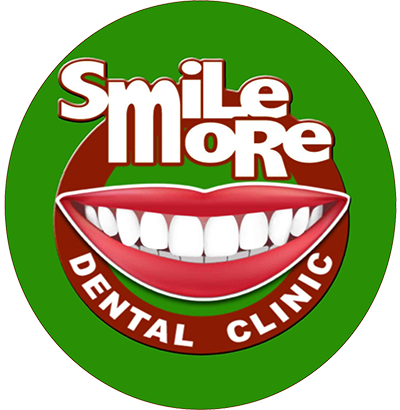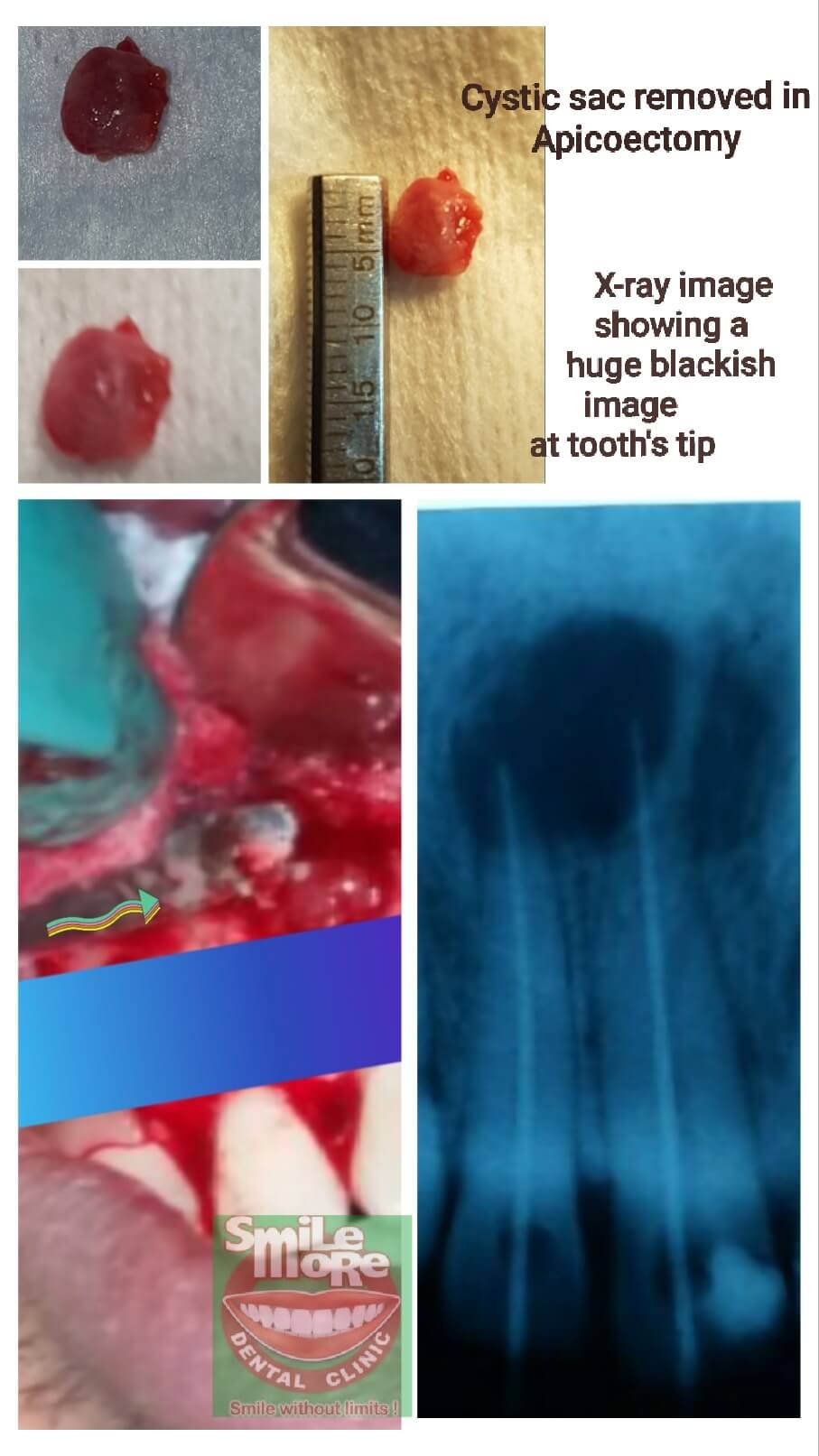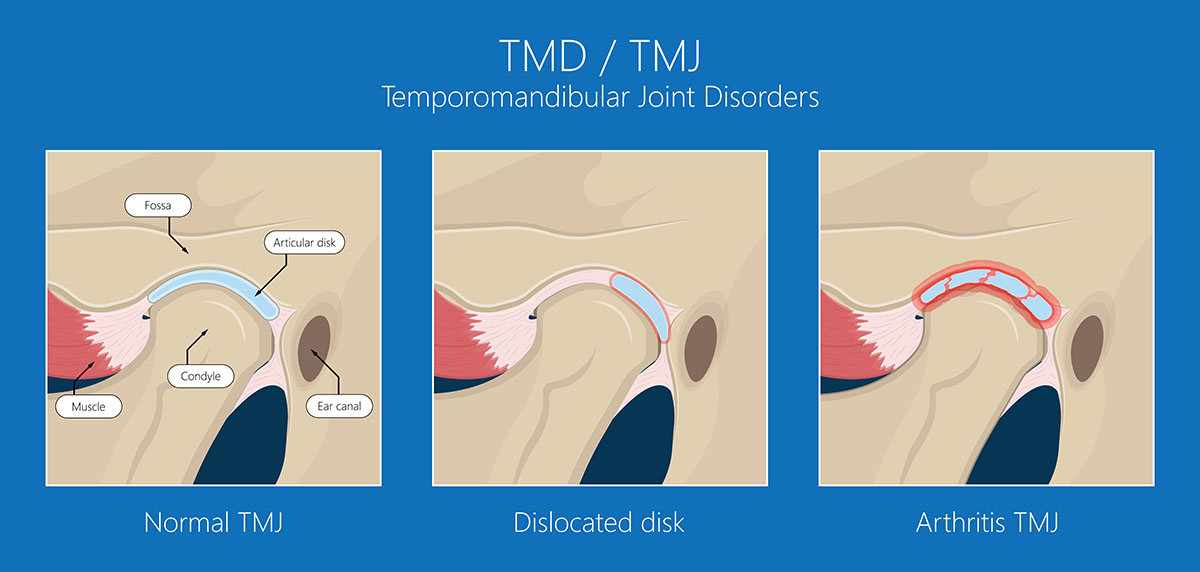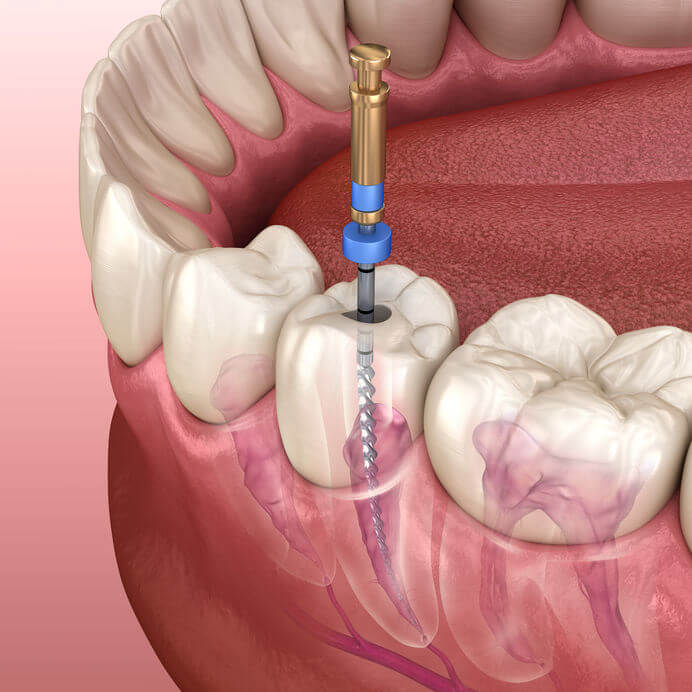Tooth Extraction or “Exodontia” is the most confronting possibility that we do not want to happen due to the value and importance of each tooth in the mouth. Dentists always endeavor to fix and restore your teeth. But some circumstance of removing the tooth from its socket is a feasible solution.

Chemotherapy:
Makes the immune system vulnerable, escalating infectious tendency of the teeth leading to extraction.
Organ Transplant:
There are medications intended to suppress immunity in cases of organ transplantation; teeth that are likely to become infected are removed to keep away from a future problem.
Commonly Extracted Non-carious Teeth:
Wisdom teeth or third molars are more frequently advised for removal before they become entirely developed, ideally during the teenage years, to deter future problems. They usually become impacted, get decayed, hinder bite, acquire gum disease, and become inflamed.
We Extract the Teeth for the following reasons:
Critical Teeth Damage or Traumatic Injury:
When there is severe damage that happened to teeth, like unrepairable decay and damage (broken or cracked), the repair is impossible. For instance, highly mobile teeth due to advanced gum disease – the worst the disease progresses, the more bone loss can occur, neccesssitating removal of the teeth.
Malposed Teeth/Teeth Not In Use:
Removing the problem teeth will circumvent occurrences that will have an adverse influence on your oral health; the dentist may advise removing malposed dentition or teeth of no use, like teeth with no opposing bite that may cause future distress.
Prerequisite to Braces Treatment:
In case of severe teeth crowding on the jaw, sacrificing teeth is the only practical way to gain space. Removing few teeth will create space that will give room for aligning correction and jaw improvement attempts.
Supernumerary Teeth:
They are considered extra teeth that may hinder the eruption pathway of more useful permanent teeth.
Radiation Treatment:
When the head and neck area of the patient gets in the way of radiation therapy, teeth that contribute to infection, dentists recommend their removal.
We Have Sorted Extraction As:
Simple Extractions:
Done on teeth with tooth crown visible in the mouth, not crumbled or broken. They are ordinarily removed in less time using essential extraction tools, like elevators and forceps. The anticipated removal is completed in less time. Even when the tooth crown is intact, but tooth roots are curved, they are not considered simple extraction. Suppose the tooth root is near the vital structures (like nerves and maxillary sinus) or are ankylosed (bone-attached). In that case, we likewise classify this as not an easy extraction.
Surgical Extractions:
These include teeth hidden under the gums or bone, difficult to access, and do instrumentation because they are broken at the gum level or below or the tooth itself is embedded in the jaw (impacted case). What makes the retrieval of the tooth part difficult is that we need to do cutting of the gums to expose the tooth part and cut the tooth into pieces (tooth sectioning). This type of extraction requires a more profound anesthetic coverage. In our clinic, we always suture the extraction wound to avoid copious bleeding.

Getting Ready for Tooth Extraction:
Before the tooth extraction, the dentist will ask for your medical condition and dental history. You need to let us know if you have medical circumstances, allergies, and the medication that you are taking. To avoid unwanted complications, you need to inform us if you are taking over-the-counter herbal supplements (like ginseng or Ginko Biloba), vitamins, medications like aspirin, etc., that can have an untoward effect related to blood clotting. We will then take the necessary X-rays so we will be appropriately guided doing the procedure.
There are instances where we can not right away proceed to dental extraction on your initial visit. When we noted that the tooth or gum is infected or the patient has a weakened immune system, we will prescribe the necessary antibiotics before and after the tooth extraction.
How Tooth Extraction is Done:
At the start, the dentist will do the numbing or anesthetizing. Topical anesthesia is applied to the gum tissue to make the injection of local anesthesia more comfortable. The tooth to be extracted is numbed, as well as the jawbone and gums around it.
Simple Extractions:
The dentist will separate the gums from the neck part of the tooth. The “elevator” (looks like a small screwdriver) will then wedge the surrounding bone and the tooth. Applying the elevator’s controlled jamming push will separate the tooth’s ligament from the jawbone and expand the socket; then, the tooth becomes loose. Using extraction forceps (specialized plier), the dentist will adapt it to the tooth, then do the back and forth rocking movement until the tooth is completely removed.
The dentist usually puts sutures or stitches, and hemostatic gel foam after the extraction is completed. There are dissolvable stitches that do not require going back to the dentist to have them removed. Nonresorbale sutures are detached and taken after the extraction wound has healed.
Surgical Extractions:
We also refer to this as Difficult or Complicated Tooth Extraction. For this type of tooth extraction, a more profound anesthetic technique is employed. For the dentist to remove the tooth, there is a need for specialized surgical tools like dental drills, extraction elevators, and forceps, and more instruments to pull out the tooth. The dentist will require an extensive surgical effort to perform this type of tooth extraction. For example, gum and bone tissue may bury or enclose a tooth in a way that makes it harder for the operator to see and get into it. In few instances, the dentist will need to incise and elevate gingival tissue. At times a tooth is so tightly attached to the jaw socket; that is why the dentist will need to section the tooth into parts to cut them into smaller pieces for retrieval.

How to Care for Extraction Wound?
Bleeding is typical after tooth removal, so the dentist will let you bite on a piece of gauze or cotton for around 30 to 45 minutes. You must bite on it to maintain holding pressure, and the cause the blood to clot soon. Expect a tolerable level of discomfort and swelling after this dental treatment. A pain medication shall be enough to cover the discomfort for few days. For a surgical extraction, we prescribe a more potent pain prescription medicine
Applying an Ice pack or Cold Compress aids in subsiding the swelling of the extraction site, usually done in the first 2 to 3 days. Once the swelling has reduced, you can shift to applying a warm compress on the face closer to the extraction area.
It would be best if you slept with the head facing upward to lighten the pressure on the jaw. Use an extra pillow to maintain head elevation to help position your head comfortably and impede further bleeding.
Other Aftercare Tips:
Avoid rinsing of the mouth for the first 24 hours immediately after treatment.
Maintain a soft and liquid diet (porridge, ice cream, milk, mashed potato, pudding, noodles) on the day and the following day after the extraction. Slowly transition your diet from soft to more solid form until you feel you can chew better and comfortably. Resist chewing food towards the extraction wound.
Take Control of Your Oral Health Today
At Smile More Dental Clinic, we focus on delivering outstanding care designed to meet your specific needs. Whether you’re booking your first checkup, considering treatment options, or maintaining your dental health, our team is ready to assist you.
Come see us in Ermita, Manila, and take the first step toward a brighter, healthier smile.
Book your dental checkup and begin your path to excellent oral health.
































